We talk to award-winning travel writer and photographer Simon Urwin about getting started in the industry, life on the road and where he’s headed next on his travels.
Tell us how you got into travel writing and photography.
My background was working as an executive producer in TV. Then, I went travelling to Ethiopia, one of the most extraordinary destinations I’ve ever been to. The images I shot there ended up being licensed by a luxury travel agency; in turn that led to a first commission shooting for Lonely Planet magazine in Morocco.
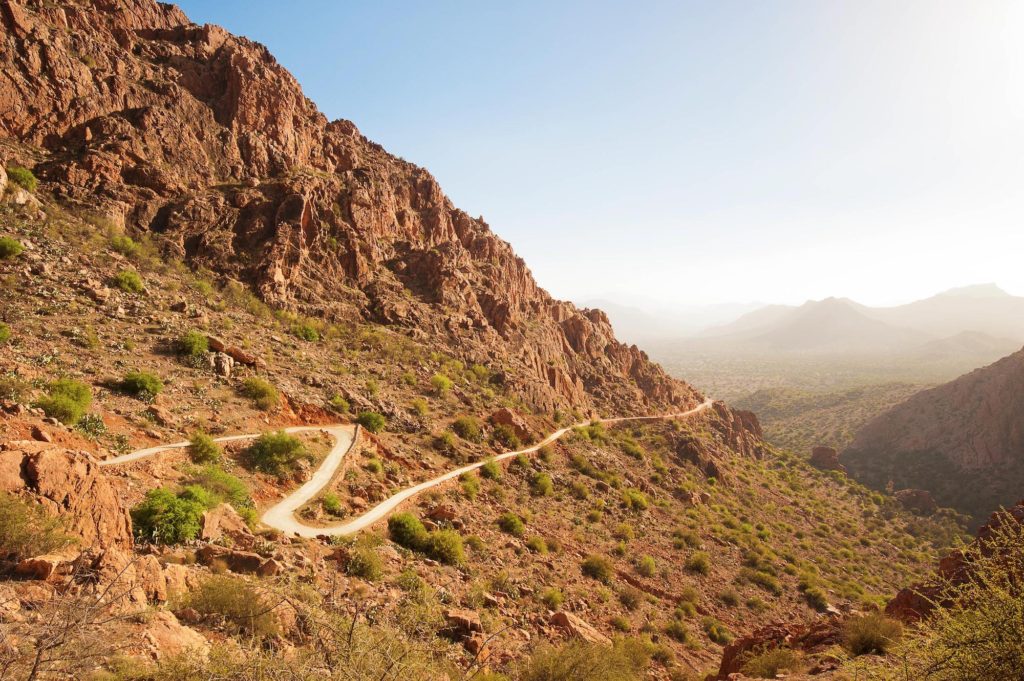
So, it all came about by accident really. But it was the experience of being among 100,000 Coptic Christians dressed in white celebrating Timkat (New Year) in the underground rock churches of Lalibela that made me realise I wanted to make the switch from TV to travel writing and photography.
What are some of the most rewarding places you’ve visited?
I’m very fortunate to have now visited over 80 countries. They’ve all been wonderful in their own way so it’s hard to pick just a few, but in the last couple of years the standouts have been the spectacular island of Socotra, with its Lost World landscapes full of alien-looking vegetation; and visiting and staying with some of the tribal groups of South Sudan, especially the Mundari – a nomadic people whose lives revolve around their magnificent long-horned cattle.
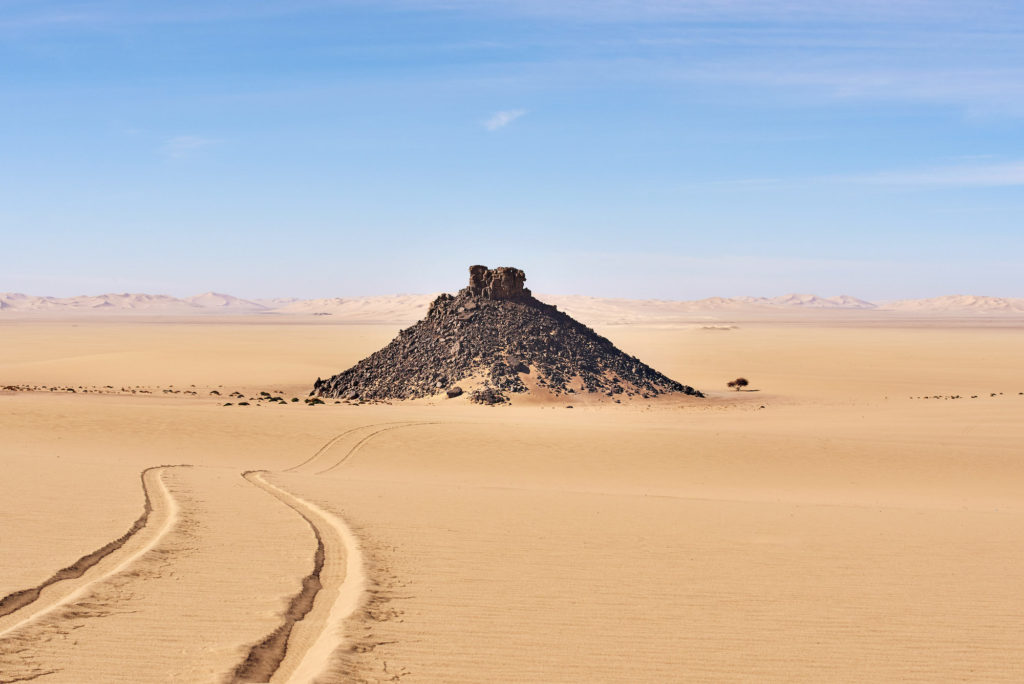
Then there’s the Algerian Sahara, which is very possibly the most beautiful place I’ve been to in over 30 years of travels. The landscapes are so otherworldly – like finding yourself on Mars – that you experience a trippy sense of being totally disconnected from reality. Also, because it’s not a well-known destination, nor a particularly easy one to get into, you have the whole of the desert pretty much to yourself.
What simple tips would you give to people looking to improve their travel photography?
People shouldn’t know how tall you are from the photos you take. It’s easy to just stand and point and shoot – but think about getting closer, going low or heading up high; find an alternative point of view that makes each image you take more intriguing, impactful or beautiful.
Do your research. In advance of shooting, I always check online image galleries like Alamy and Getty. It’s good to see what’s already out there, get inspired, then go out and do something different – and hopefully even better.
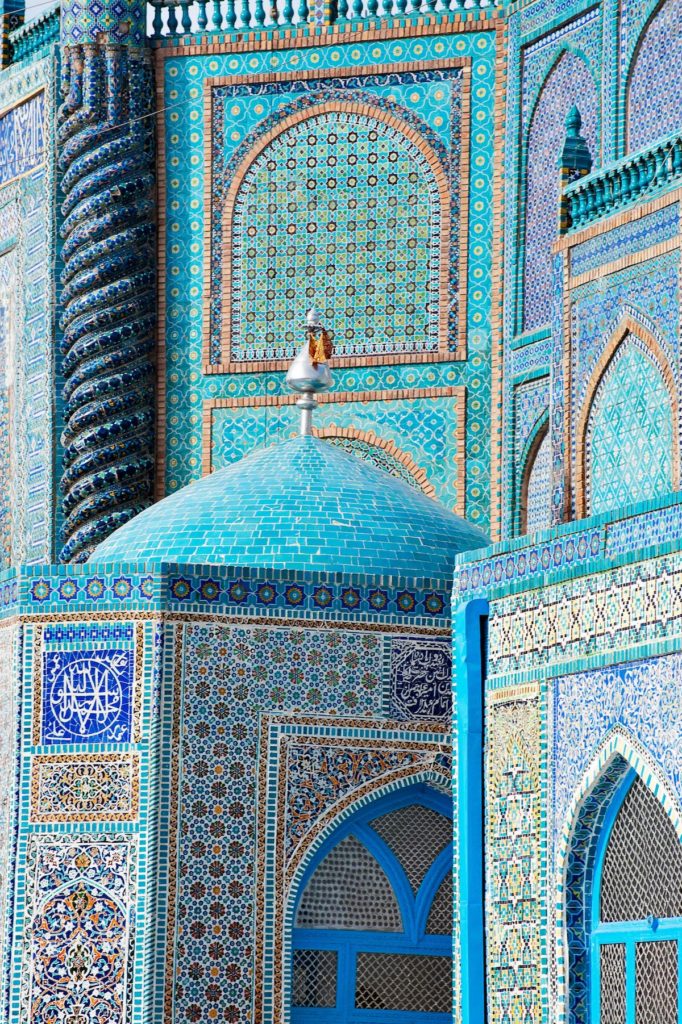
Rather than a random selection of photographs of your travels, think about digging deeper into a specific story and come up with a portfolio of around ten to 12 images, which give a real sense of place, character and people. Travel guides like Bradt are particularly useful for research like this – they’re full of great, detailed information, and are always my first port of call when I’m looking for ideas before a shoot.
Some of the first photo stories I did were in Herat, Afghanistan – one about the oldest tile factory in the world; another about the ‘king of the burqas’. But you don’t need to be in such an exotic location as Afghanistan – you could easily do something similar on your own doorstep (eg: a day in the life of the local pub).
Note the names of the people you photograph and, with their permission, record the conversations you have with them on your phone. The information and quotes you get could be really helpful in painting a picture of the place, or indeed selling the story to a publication if the images and the story are strong enough.
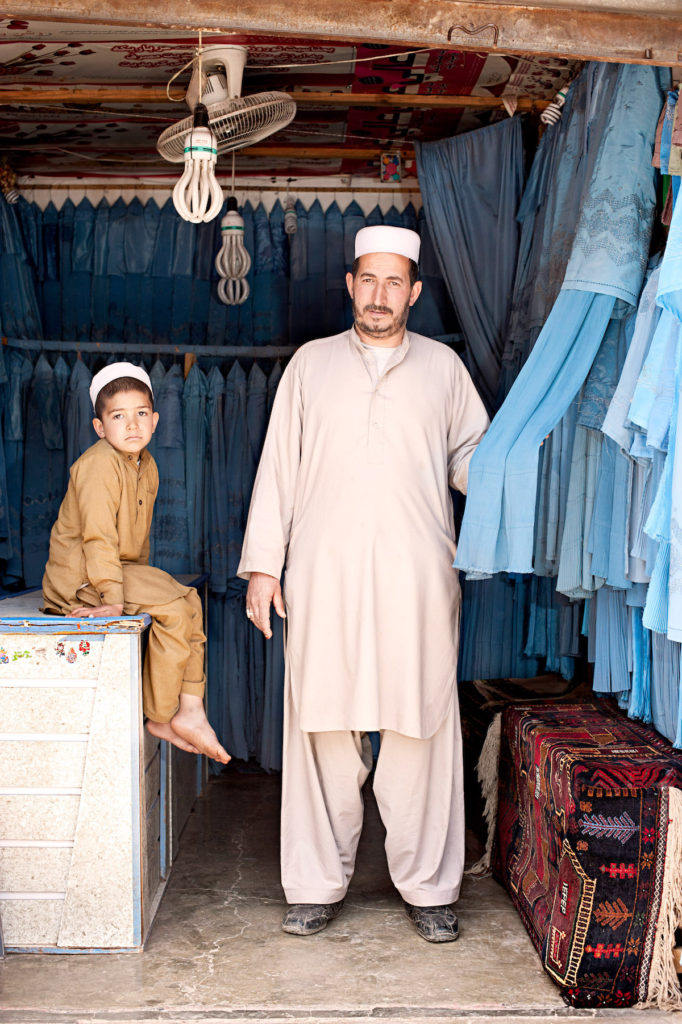
Last but not least, unless you’re shooting reportage or you’re a long way away, always ask permission before taking someone’s photograph. You’d think it would be obvious, but sadly some travellers just view other human beings as nothing more than an Instagram post. You don’t even need to speak the local language – just be friendly, point at your camera and see if the person okays it.
Apart from being a basic courtesy, it allows you to step into someone’s personal body space and gives you the opportunity to make a connection with someone you might not otherwise have spent any time with. Any portrait will ultimately be all the better for it.
How do you work on the road?
I sometimes travel with a writer if I’m engaged solely as the photographer, but more often than not I do both jobs myself.
To help make the most of my time on location I keep a close eye on the weather conditions with accuweather.com, which I find the most reliable of all the forecasters. Sun Seeker Pro is a great app for tracking not only sunrise and sunset but the course of the sun throughout the day.
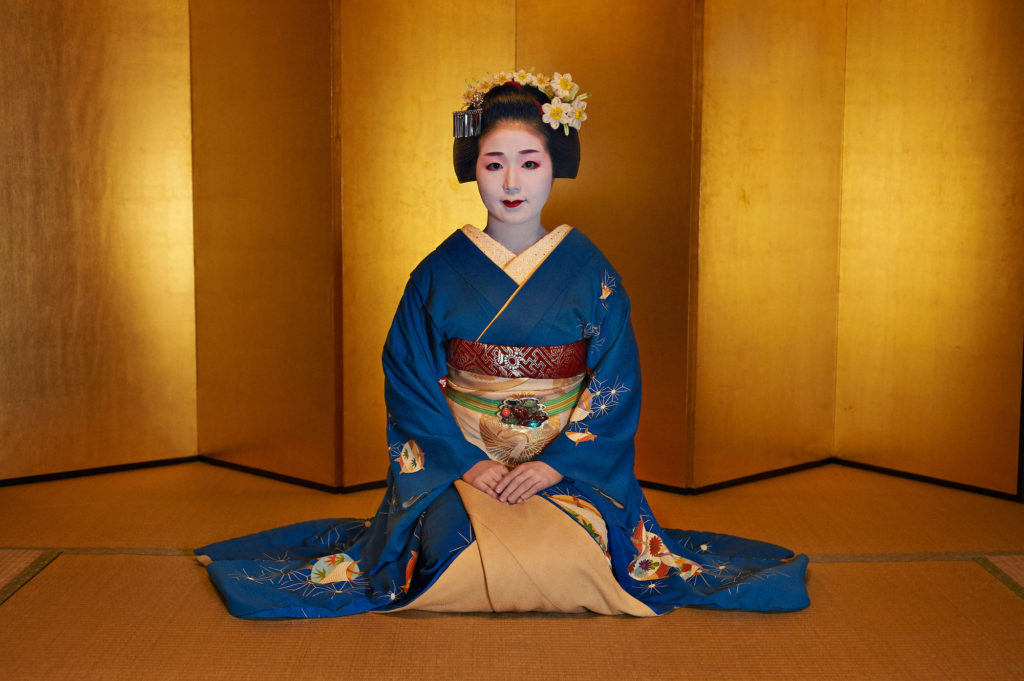
Finally, hiring a guide is invaluable for both local knowledge and the ability to open doors, especially at short notice. When I was shooting in Japan for example, I would never have achieved the access I did without two brilliant fixers on the ground – Miyuki in Tokyo, who helped me get the very complicated permissions required to shoot in a traditional bathhouse, and Noriko in Kyoto, who had spent years developing close connections with a traditional geisha house.
In China, being with an interpreter allowed me to spend two full days in the oldest teahouse in the country and to make friends with the locals. It was a photo story that was eventually published in The Guardian, Qatar Airways’ inflight magazine, and won a National Geographic Traveller UK award for best portfolio.
If you had a time machine, what advice would you give to your younger self about working in the industry?
That there’s more than one route into travel writing and photography, so follow your own path and ignore the extraneous chatter.
Find your niche and keep on keeping on – success doesn’t follow a specific formula, nor necessarily come at a particular time in your life.
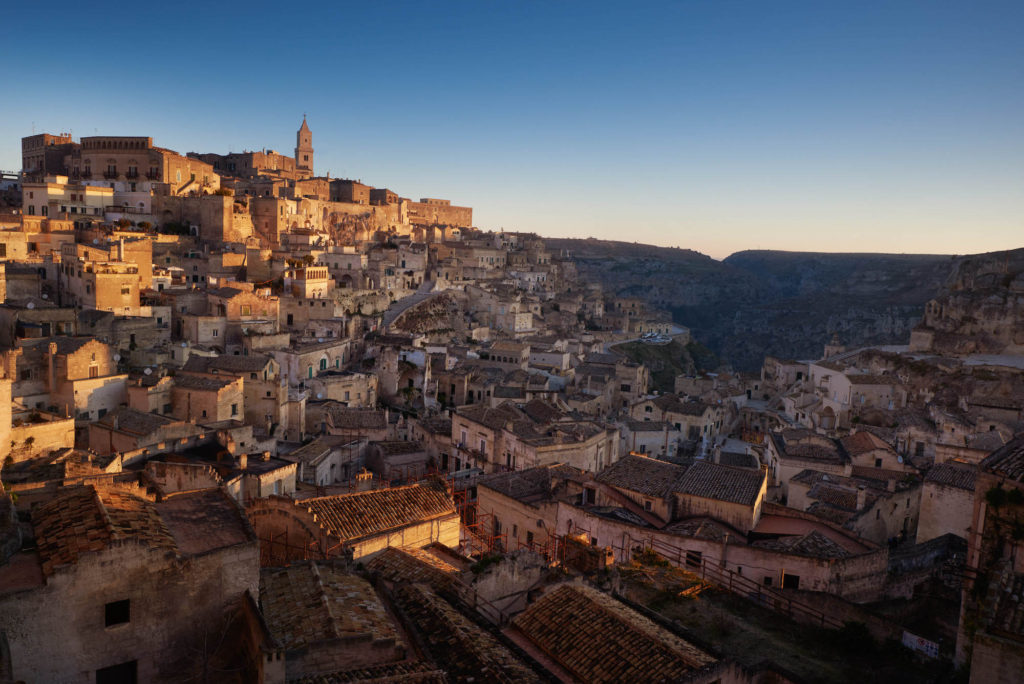
Find secondary streams of income so you don’t end up having to shoot or write stuff that kills your passion for the written word/ taking photographs.
The learning curve never ends – so continue to immerse yourself in the best of the best. I still get greatly inspired by reading Horatio Clare, one of the finest writers in the business, and by looking through the incredible imagery of Matthieu Paley.
When we’re allowed to travel more freely again, where’s next?
Having visited Socotra, I’d like to see mainland Yemen. Sadly most of the country is inaccessible because of the civil war, but with an adventure specialist you can still visit the east of the country, crossing over the border from Oman.
I rarely have the opportunity to go back to a country for a second time, but there are other areas of the Algerian Sahara I’d love to see, especially around the mountainous Assekrem, said to be home to the most spectacular sunrises on earth.
Simon Urwin’s work has been recognised by the likes of Nikon and widely published in The Guardian, Sidetracked magazine and National Geographic Traveller UK. You can follow him on Twitter and Instagram, and buy prints from his website.